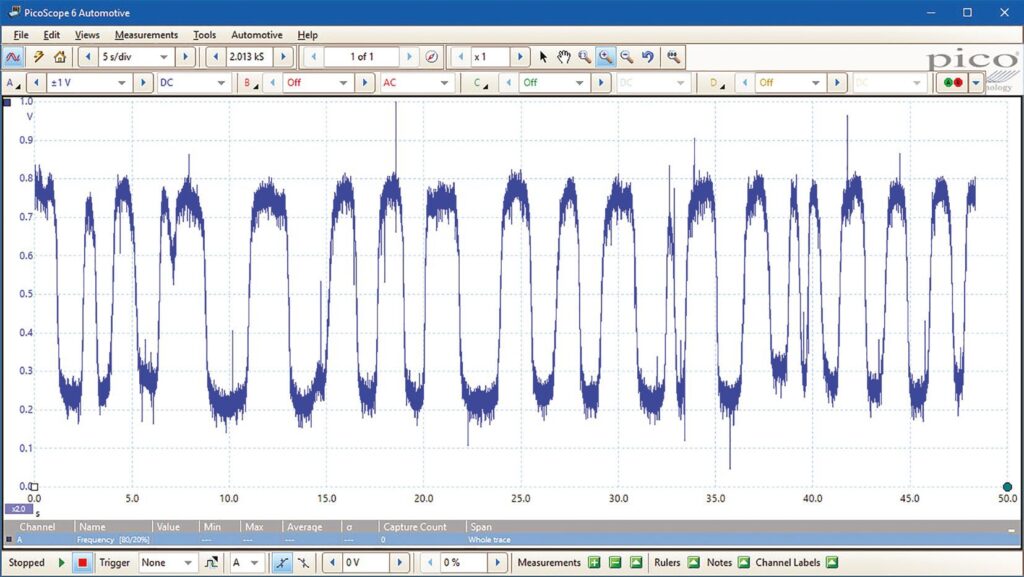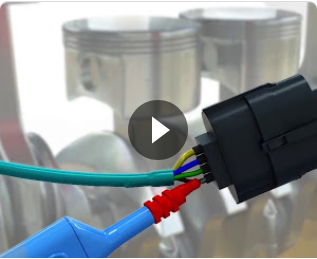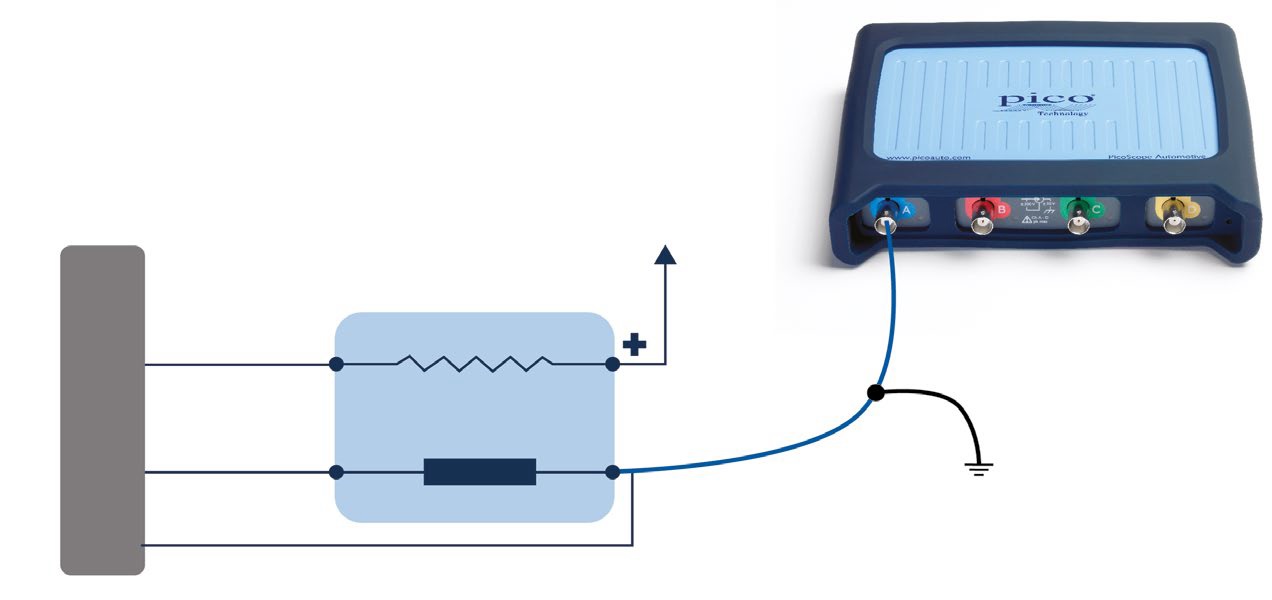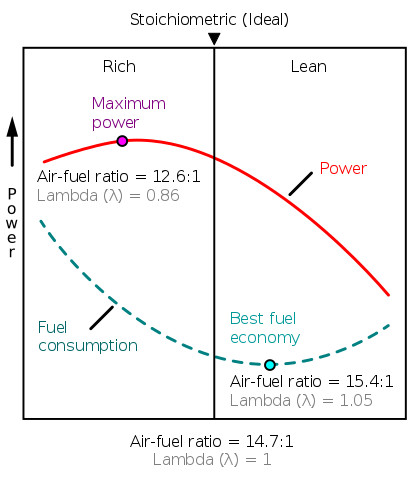Test 5 - Lambda Sensor
A Lambda Sensor, also known as an Exhaust Gas Oxygen (EGO) sensor, is usually installed in the exhaust manifold. More than one sensor may be installed. Its purpose is to detect the presence of oxygen in the exhaust gas which indicates that the engine is running lean.
The Lambda Sensor is used in closed-loop as a feedback sensor to help the ECU to adjust the air-fuel ratio accurately to achieve stoichiometry - the perfect air fuel ratio of approximately 14.7:1 in petrol engines.
The EGO Sensor has a built-in heater to warm it up quickly as it does not work at low temperatures. Whilst the sensor is warming up, the vehicle runs in a less-efficient, open-circuit mode in which the ECU uses pre-set values for the air-fuel ratio.
- Software: PicoScope 6 - Guided Test AT022 and AT023
- Purpose of Test - Lambda (EGO Oxygen) Sensor
- Skill Level Required - Very Easy
Most sensors produce high and low levels, at around 1Hz as the mixture is detected as being rich or lean. If you see these pulses, the vehicle is in closed-loop mode and the sensor is functioning correctly.
Connect: Locate the sensor with the help of your vehicle’s technical data. We recommend you use either back-pinning probes or breakout leads to make the connection.
Use the technical data to identify the output signal wire from the lambda sensor harness connector.
Run: The engine must be at the normal operating temperature in order to produce a valid signal. Start PicoScope when you are ready to capture the signal.
Read: Depending on the type of lambda sensor, the signal will be seen to cycle high and low in a consistent manner with curved edges. These sensors generally switch high and low once per second. Pico have Guided Tests for measuring different types of lambda sensors, so please read these for further information - select sensors then lambda.

Waveform Analysis
The signal shows the effect of the ECU adjusting the mixture between rich and lean. If the sensor detects a rich mixture, the fuel injected is reduced slightly. Approximately a second later the EGO sensor detects lean and the fuel injected is increased slightly. These cycles continue as the ECU attempts to maintain a perfect air-fuel ratio.
Lambda - Exhaust Gas Oxygen Test Animation
Video Commentary
The video starts by showing a engine warming up. The Lambda sensors are found in the exhaust manifold and also in the catalytic convertor. The temperature guage shows that the engine needs to be run up to normal operating temperature in order to do this test.
The signal pulses from the EGO sensors are shown going to the ECU.
Connect: Use a backpinning probe to connect to the ECU output and ground the test lead.
Run: The engine must be at the normal operating temperature in order to produce a valid signal. Start PicoScope when you are ready to capture the signal.
Read: Depending on the type of lambda sensor, the signal will be seen to cycle high and low in a consistent manner with curved edges. These sensors generally switch high and low once per second.
Please click Next for the sixth test - ABS Sensor Test.



